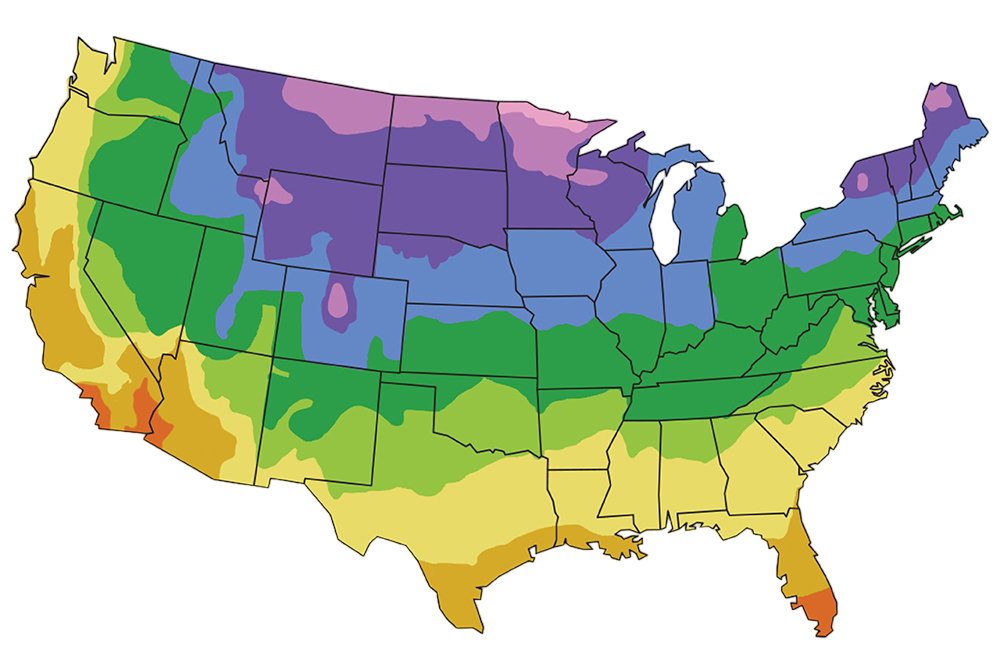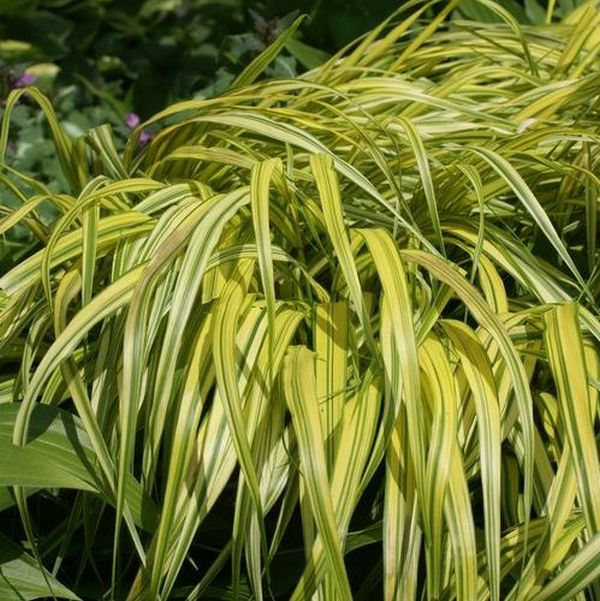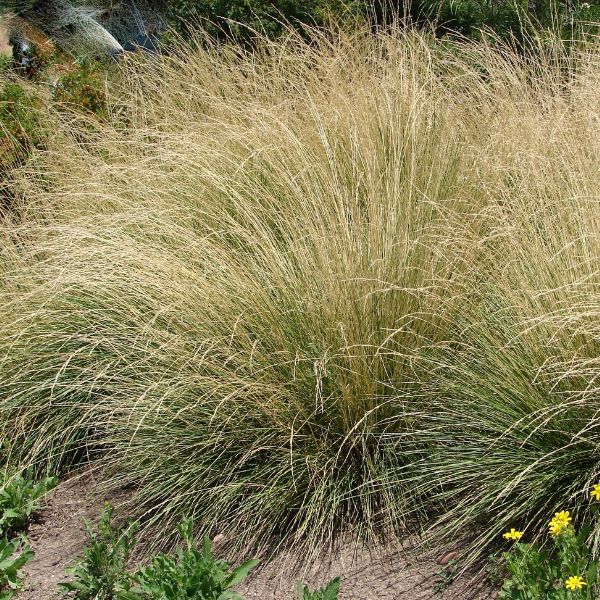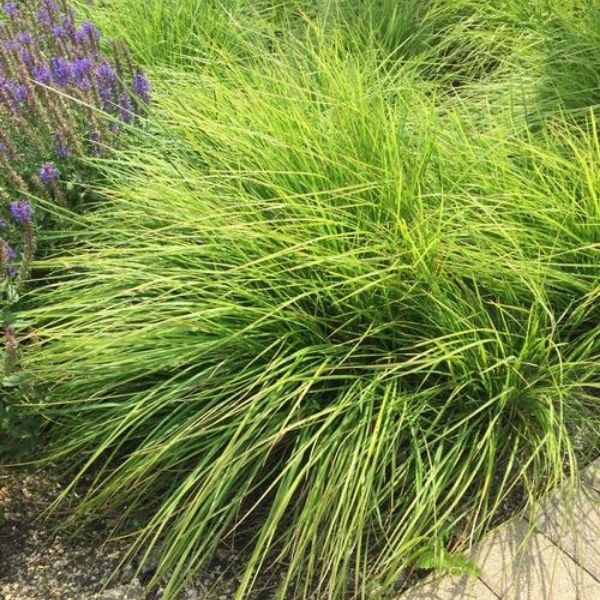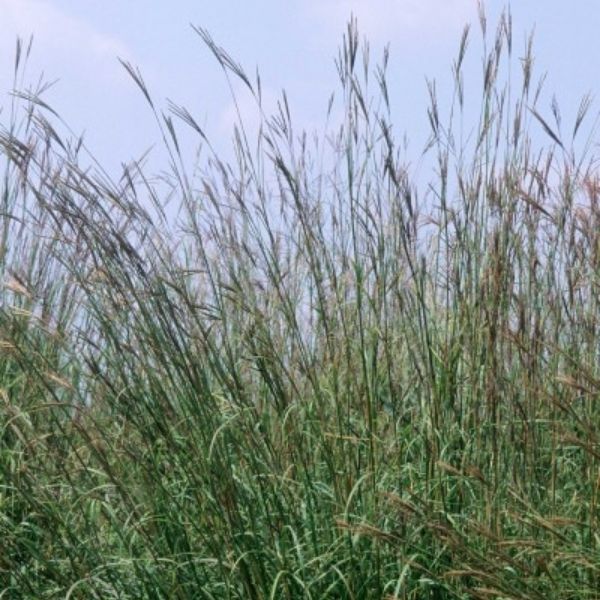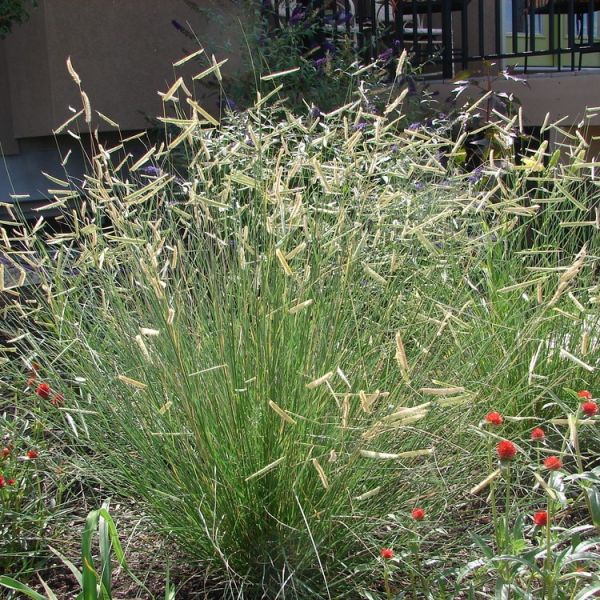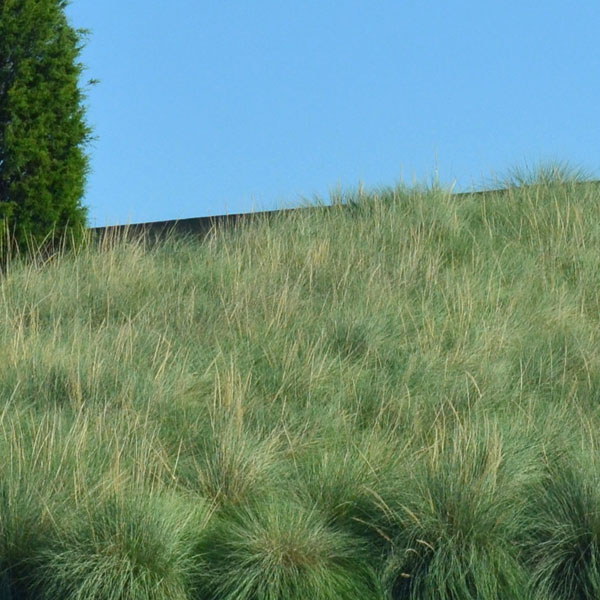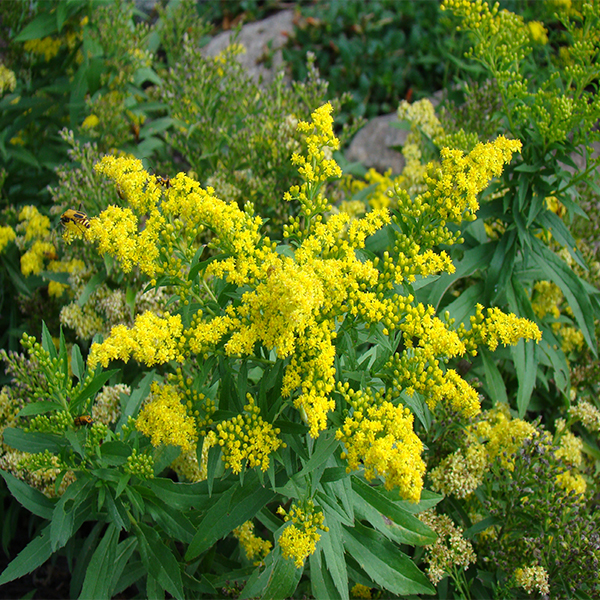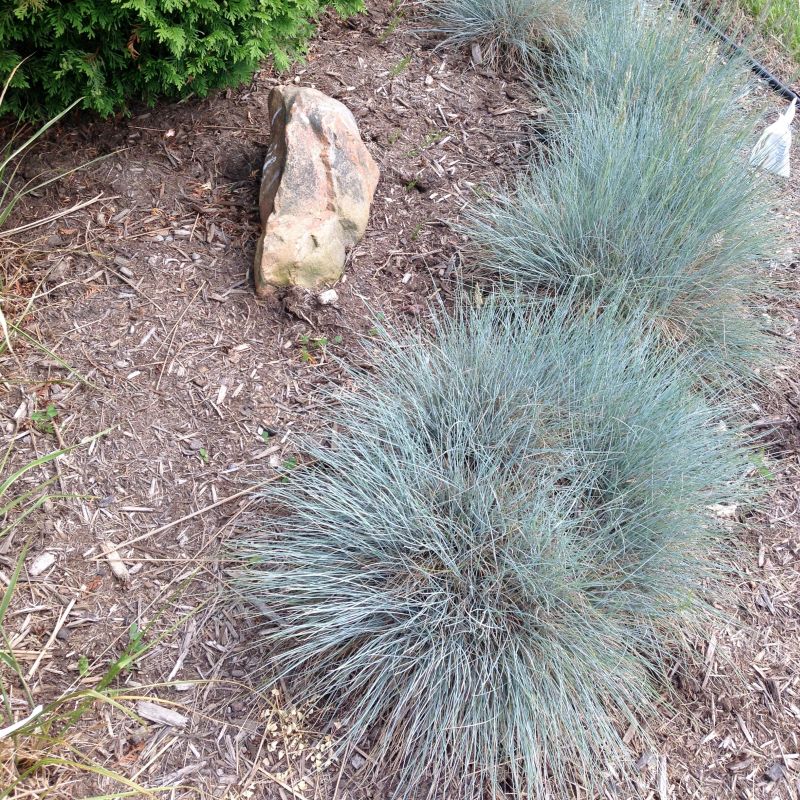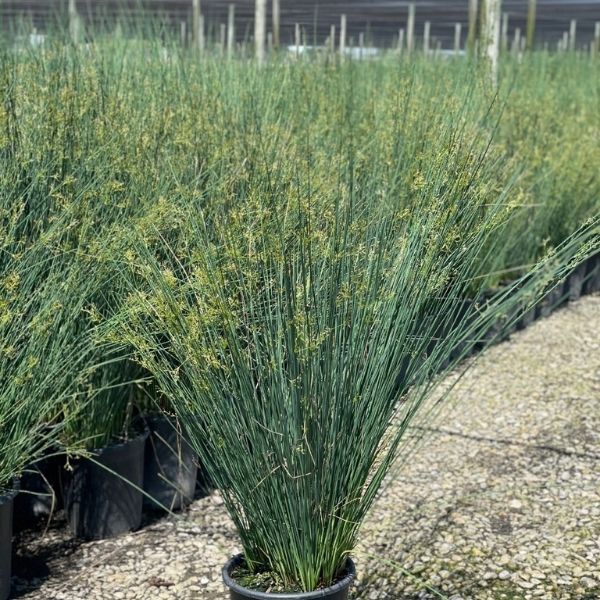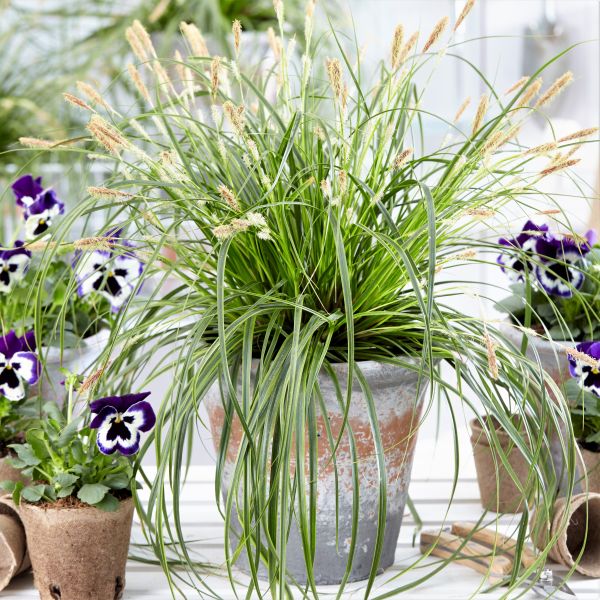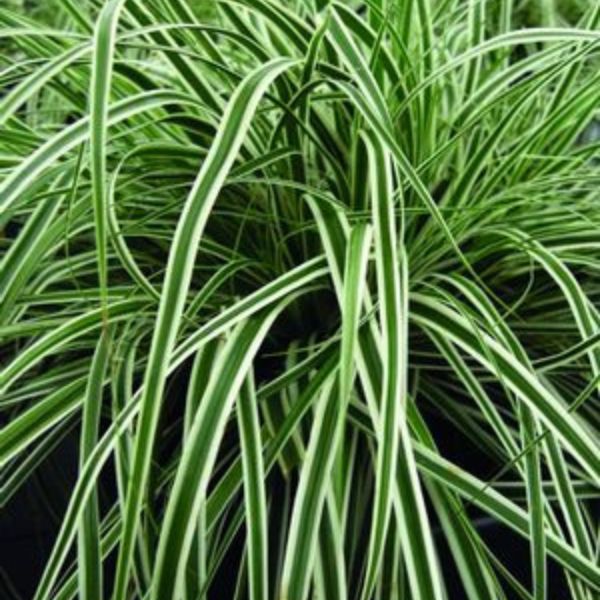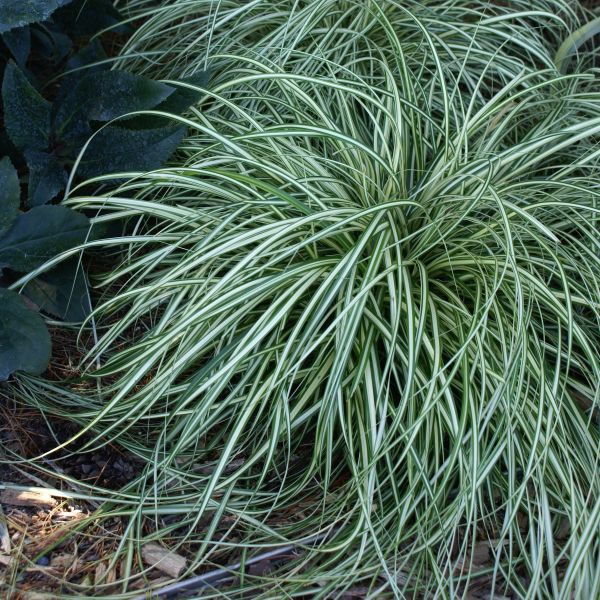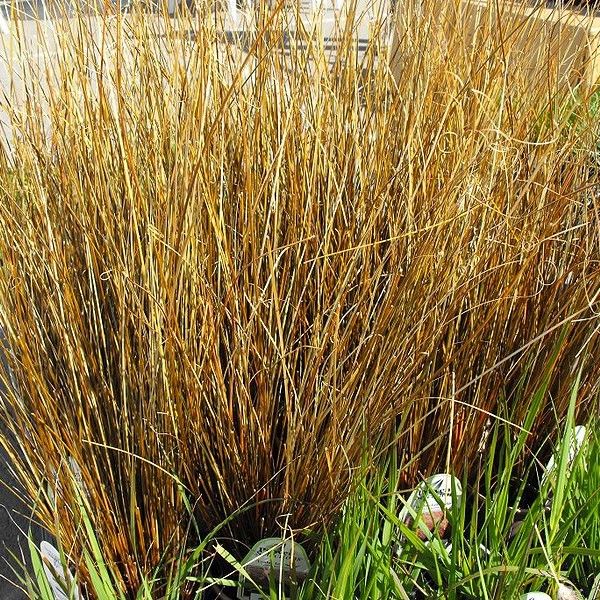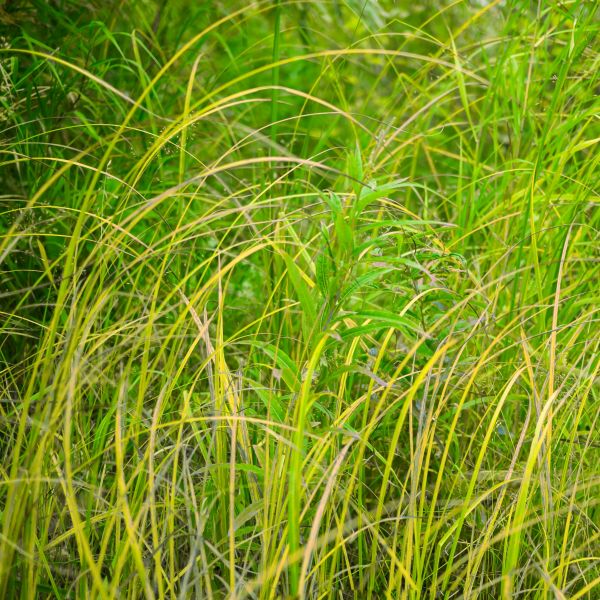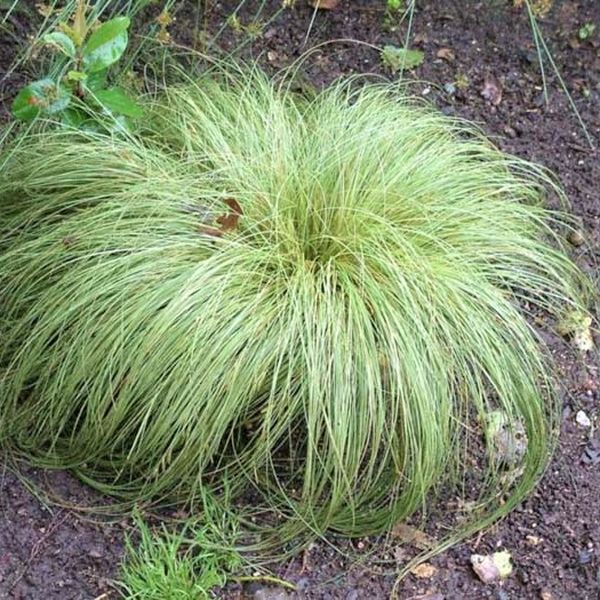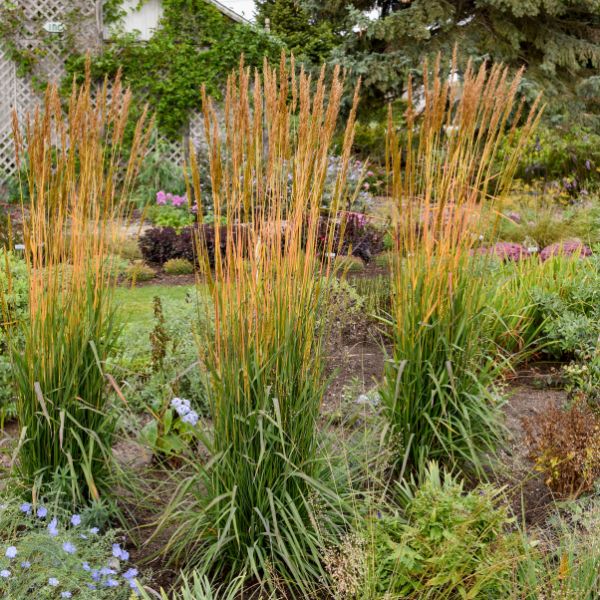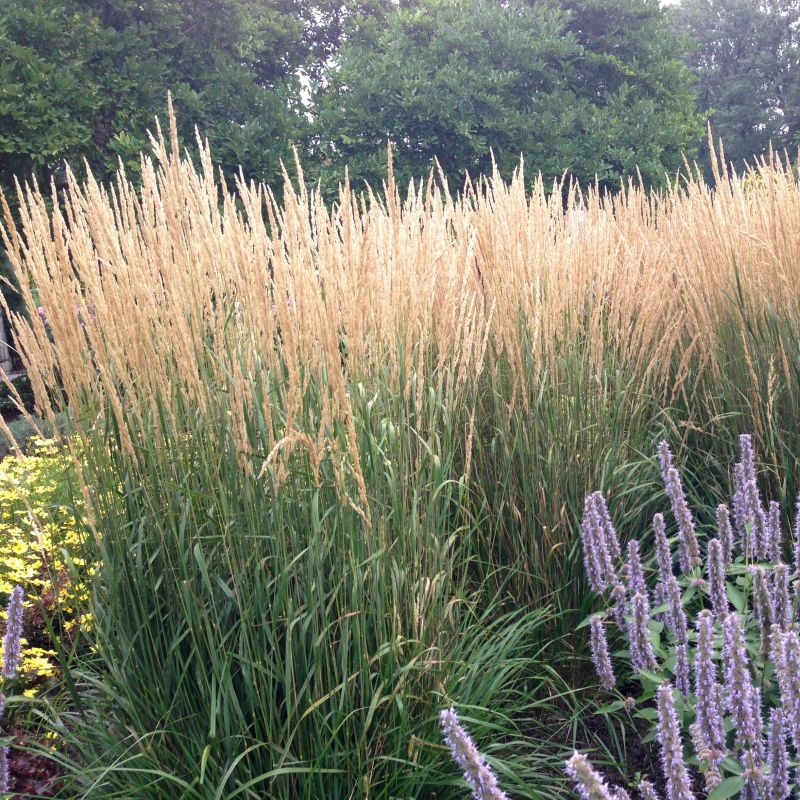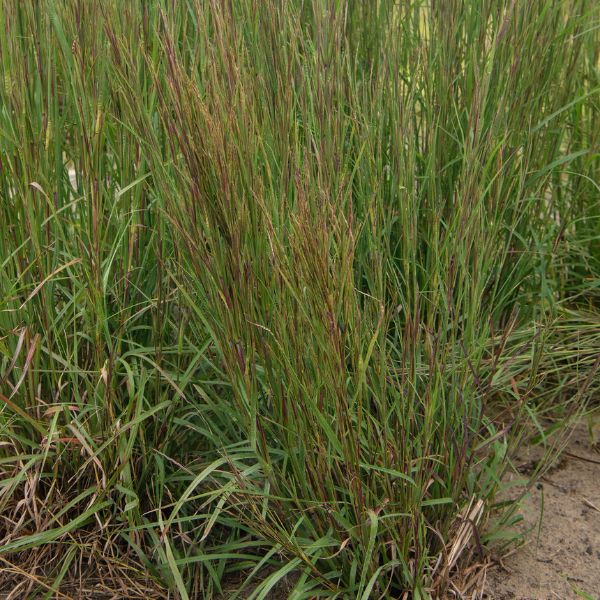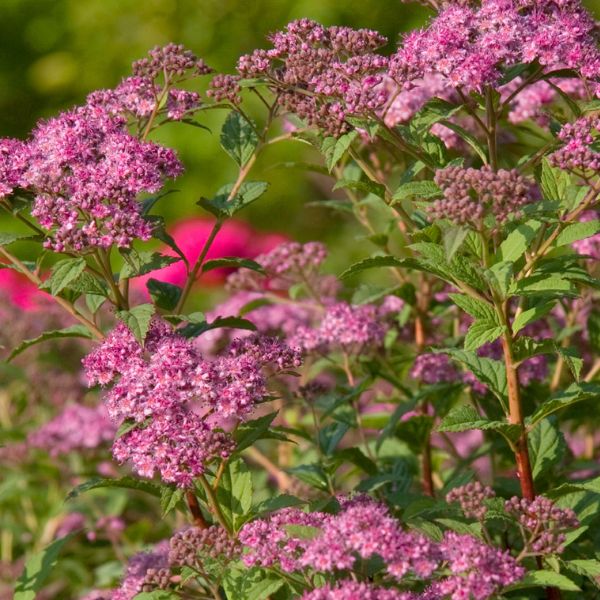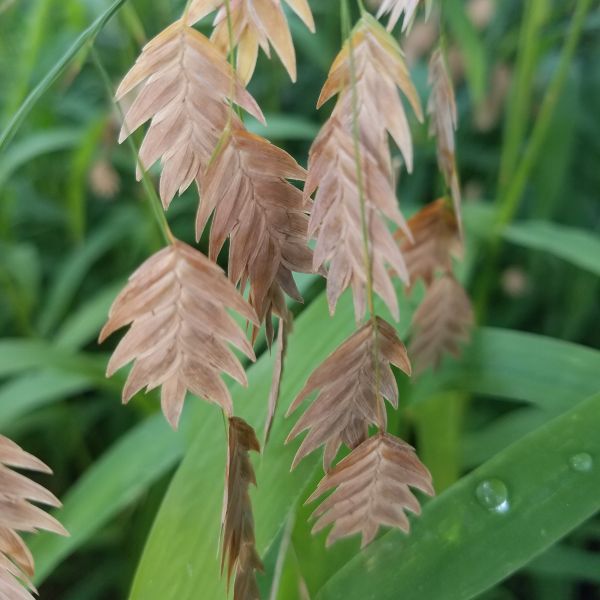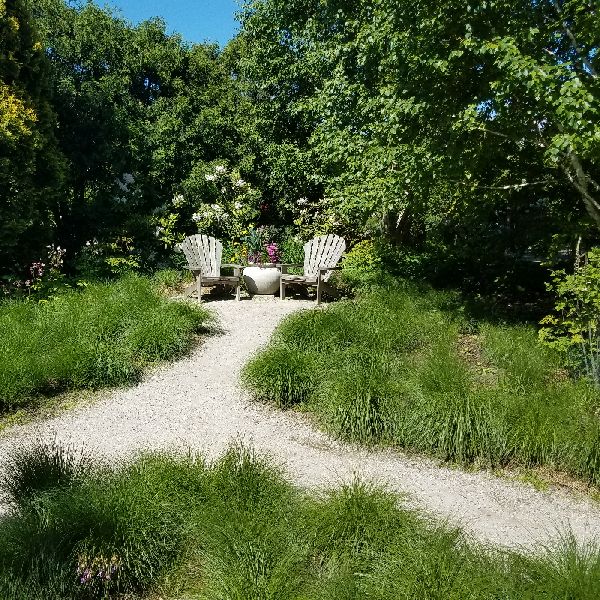
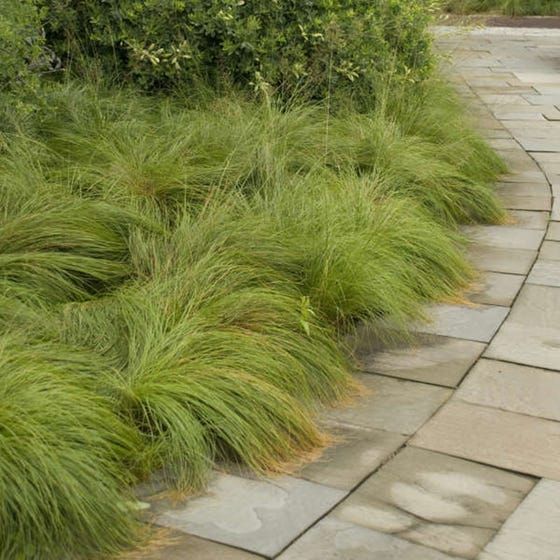
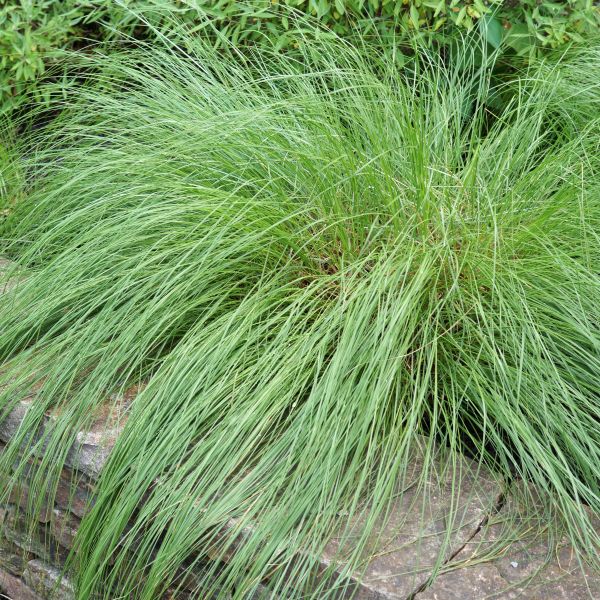
Prairie Dropseed Grass
Sporobolus heterolepis
48 reviews
Prairie Dropseed Grass
Sporobolus heterolepis
48 reviews
- Drought tolerant and requires minimal watering once established
- Attractive fine-textured foliage adds interest to the landscape
- Provides habitat and food for birds and other wildlife
- Recommended by landscape designers for optimal fit in real yards
$80.00
$115.00
30% Off
- Ships to in 3 to 7 days
- Free Shipping Over $150
- Plant Arrival Guarantee
- In Stock
- Free Plant Consult
$200 - Landscape-Approved: Every Plant We Sell Comes With Design Expertise Behind It
- 1.5 Gallon
- 1 Gallon
Not just beautiful - intentionally selected by ShrubHub's 3D landscape design team to fit real-world spaces and maximize yard potential.
Why Prairie Dropseed Grass?
Prairie Dropseed Grass is a native, drought-tolerant grass that thrives in full sun and well-drained soil. It features fine, arching leaves and airy seed heads that sway gracefully in the wind, adding movement and texture to the landscape. This warm-season grass is easy to maintain and provides habitat for wildlife. Its subtle beauty makes it a popular choice for naturalistic plantings.
People who loved this plant also bought
Sunlight
Prairie Dropseed Grass requires full sun to thrive, typically receiving at least six to eight hours of direct sunlight per day. It prefers sunny, open areas with well-draining soil. Insufficient sunlight may result in poor growth and diminished ornamental
Watering
Prairie Dropseed Grass has a low to moderate watering requirement, needing regular water during its establishment period but becoming drought tolerant once established. It prefers well-drained soil and should be watered deeply and infrequently to promote d
Fertilizing
Prairie Dropseed Grass, a native grass species, generally requires minimal fertilizer. It is best adapted to well-drained soils and can thrive in low fertility conditions. To encourage healthy growth, occasional applications of a balanced slow-release fert
Prairie Dropseed Grass (Sporobolus heterolepis)
Prairie Dropseed Grass, also known as Sporobolus heterolepis, is a native warm-season grass that is commonly found throughout the central and eastern United States. It is a beautiful, clump-forming grass that is easy to grow and maintain, making it a popular choice for naturalistic gardens and landscaping.
This grass features fine, arching foliage that turns a golden-brown color in the fall, adding visual interest to the landscape. In late summer, Prairie Dropseed Grass produces airy panicles of fragrant, pinkish-brown flowers that rise above the foliage, attracting birds and butterflies.
Prairie Dropseed Grass is drought-tolerant once established and thrives in full sun to partial shade. It prefers well-drained soil and is a great choice for erosion control on slopes or in rain gardens.
Whether planted in mass or used as a specimen plant, Prairie Dropseed Grass will add texture, movement, and beauty to any garden or landscape.
Plant Information:
| Botanical Name: | Sporobolus heterolepis |
| USDA Zones: | 3 - 9 |
| Water: | Low Once Established |
| Exposure: | Full Sun |
| Soil Needs: | Well Drained |
| Mature Height: | 2 - 3 feet |
| Mature Spread: | 18 - 24 inches |
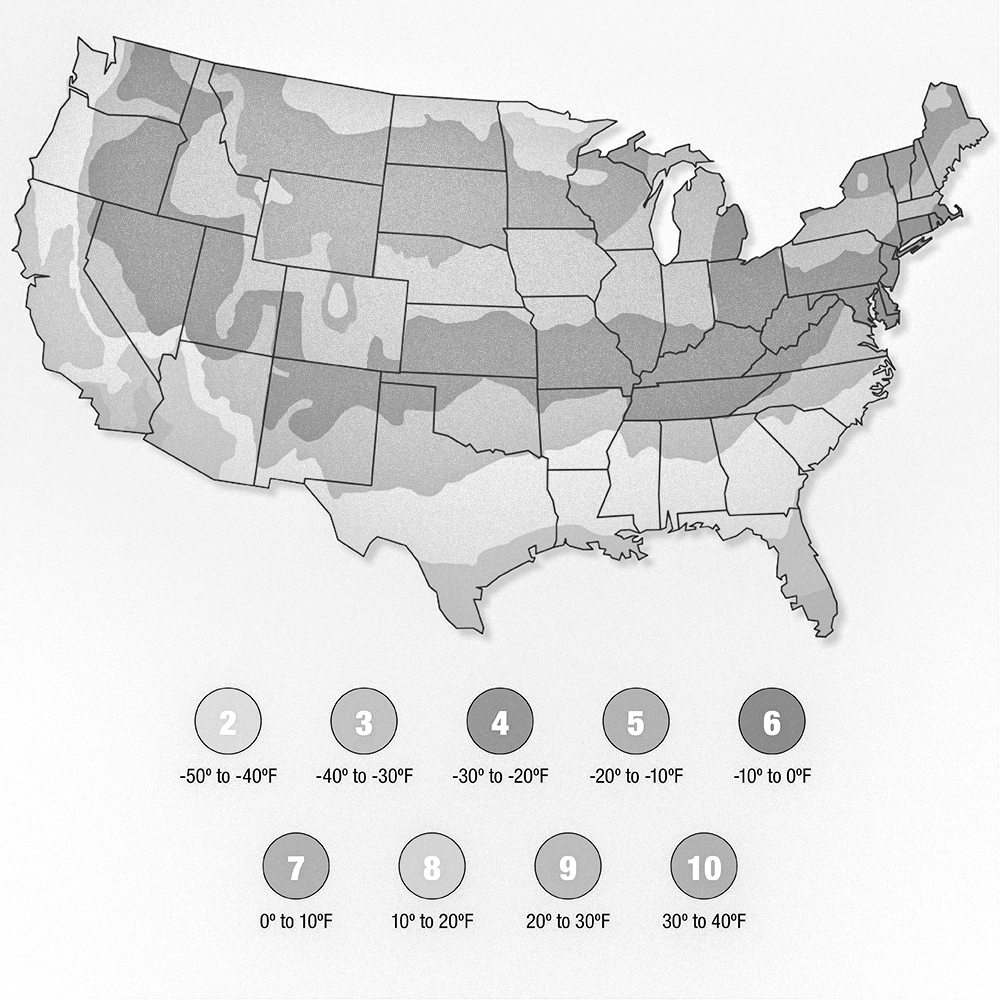


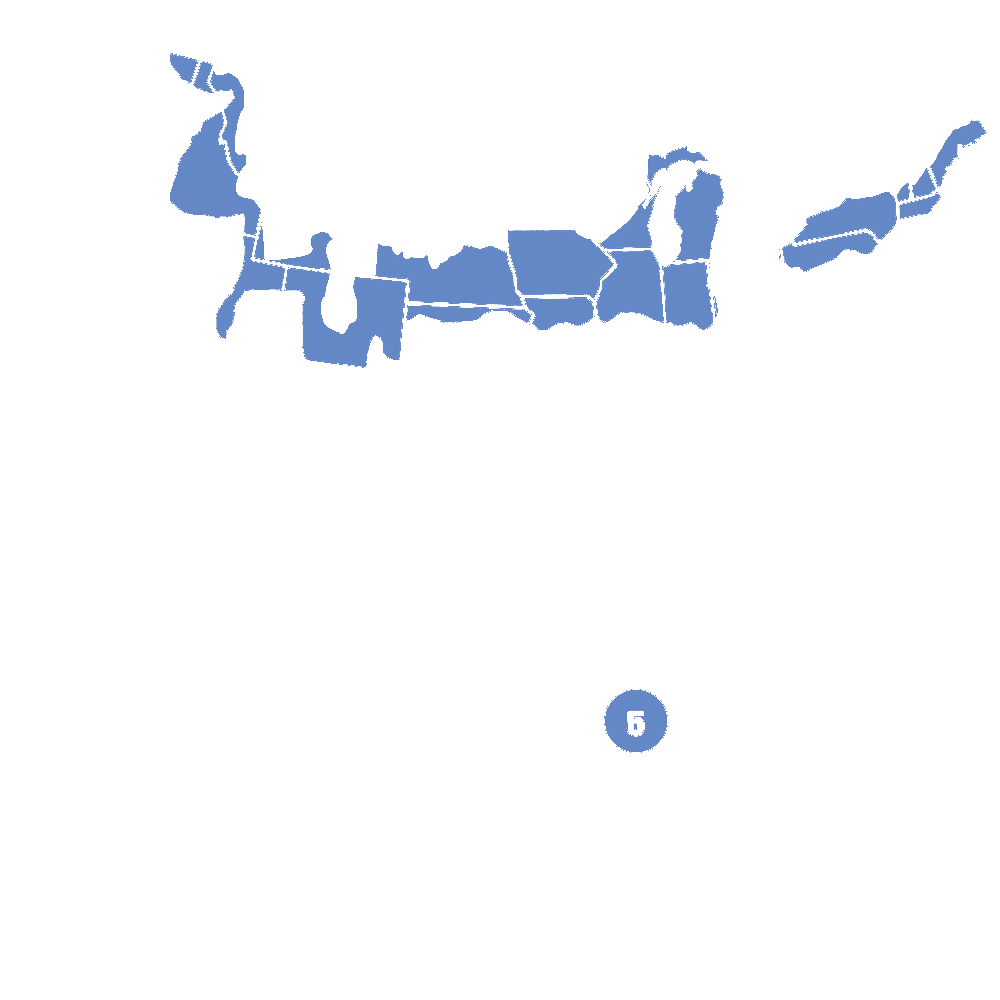
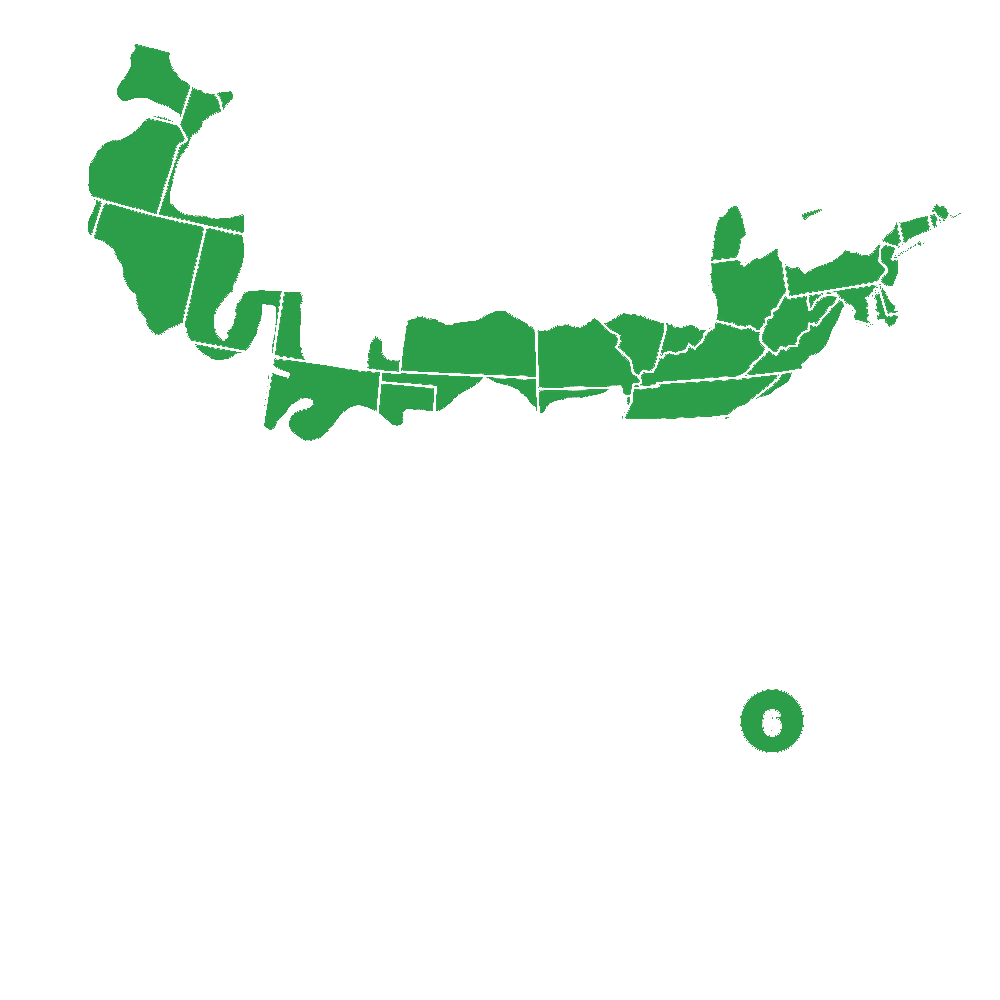
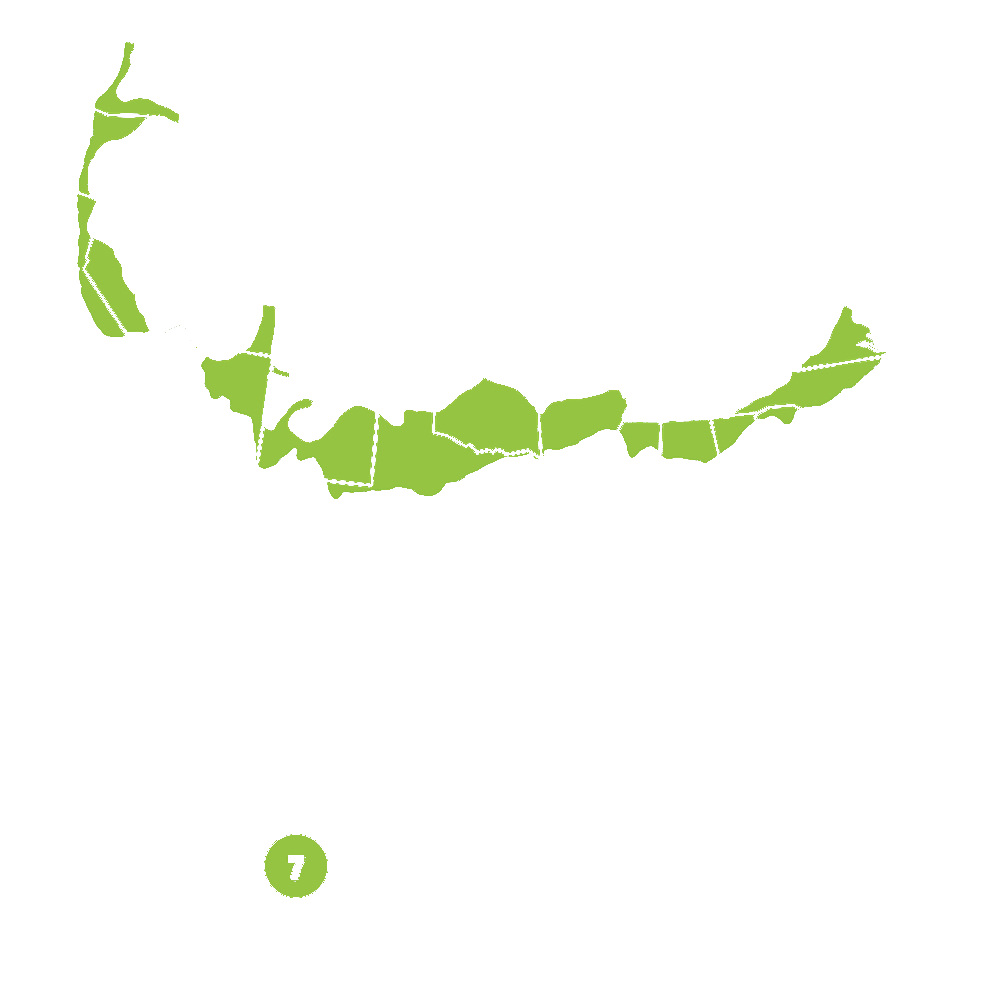
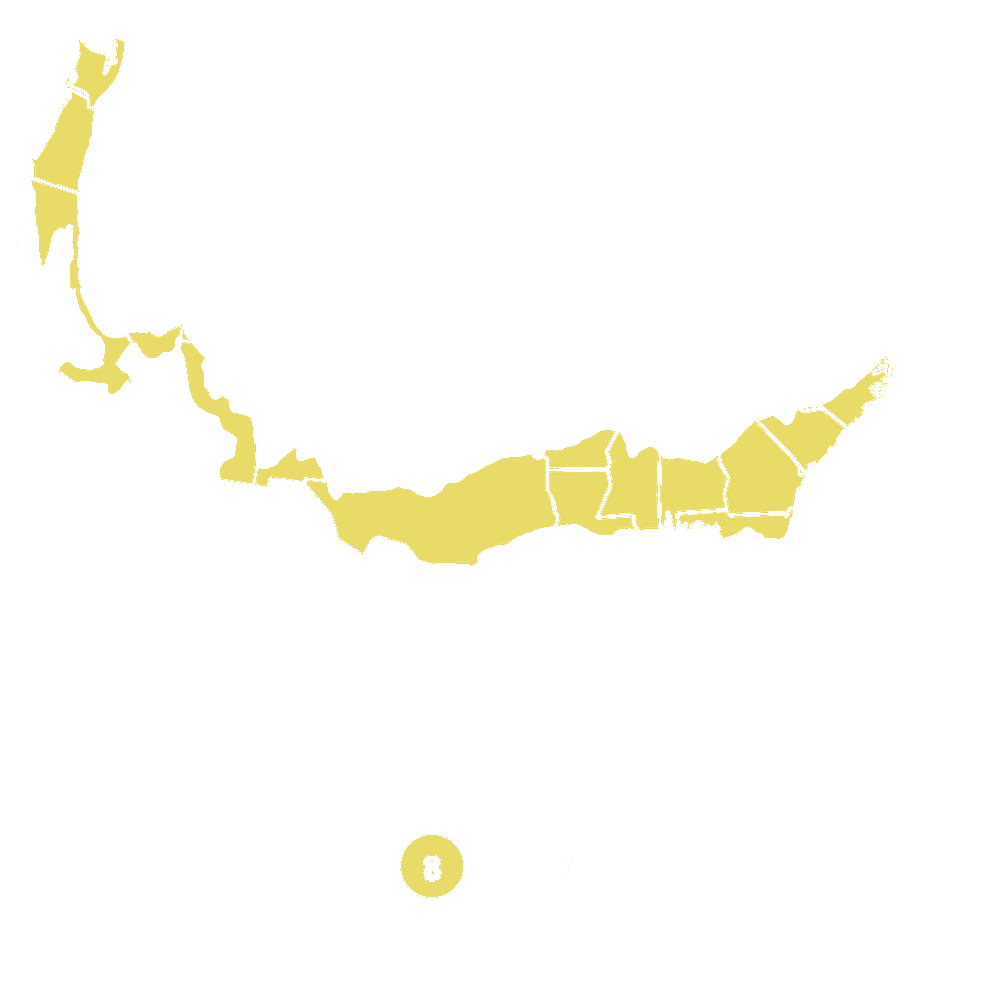
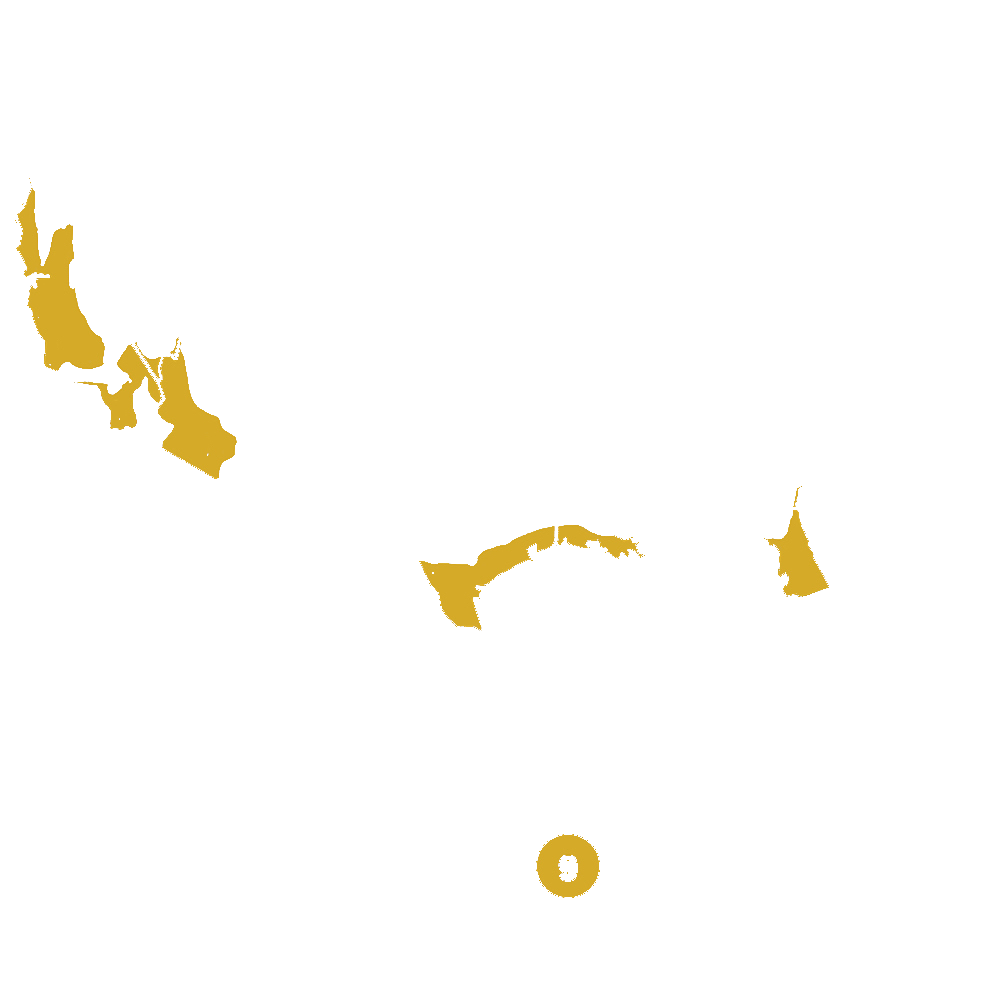
Pollination Info
Pollination Info for Prairie Dropseed Grass (Sporobolus heterolepis)
Prairie Dropseed Grass is a self-fertile plant, meaning each individual plant has both male and female reproductive organs and can pollinate itself. However, cross-pollination by wind or insects can also occur, leading to genetic diversity within the species.
Wind Pollination
Prairie Dropseed Grass is primarily wind-pollinated. The grass produces small, inconspicuous flowers that release pollen into the air. The lightweight pollen grains are carried by the wind to nearby flowers for fertilization.
Insect Pollination
While wind is the primary pollinator for Prairie Dropseed Grass, some species of insects, such as bees and butterflies, may also contribute to pollination. These insects may accidentally carry pollen from one plant to another as they forage for nectar.
Pollination Season
The pollination season for Prairie Dropseed Grass typically occurs in late spring to early summer, when the grass is in bloom. During this time, the grass produces flowers and releases pollen for fertilization.
FAQ
Frequently Asked Questions about Prairie Dropseed Grass
Q: What is Prairie Dropseed Grass?
A: Prairie Dropseed Grass, scientifically known as Sporobolus heterolepis, is a native grass species that is commonly found in prairies and meadows. It is known for its attractive fountain-like shape and delicate, airy seed heads.
Q: How tall does Prairie Dropseed Grass grow?
A: Prairie Dropseed Grass typically grows to a height of 2-3 feet, with its graceful foliage arching outwards and forming a rounded mound.
Q: When does Prairie Dropseed Grass bloom?
A: Prairie Dropseed Grass blooms in late summer to early fall, producing fragrant, airy seed heads that resemble a cloud of mist above the foliage.
Q: Is Prairie Dropseed Grass drought-tolerant?
A: Yes, Prairie Dropseed Grass is highly drought-tolerant once established. It thrives in full sun and well-drained soil, making it a great choice for xeriscaping and low-maintenance landscapes.
Q: How do I care for Prairie Dropseed Grass?
A: Prairie Dropseed Grass is relatively low-maintenance and does not require frequent watering or fertilizing. Simply plant it in a sunny location with well-draining soil and enjoy its natural beauty without much intervention.
Q: Can Prairie Dropseed Grass be planted in containers?
A: While Prairie Dropseed Grass is typically grown in the ground, it can also be planted in containers as long as the container has good drainage and the grass receives an adequate amount of sunlight.
Q: How do I propagate Prairie Dropseed Grass?
A: Prairie Dropseed Grass can be propagated by division in early spring or fall. Simply dig up the plant, divide it into smaller sections, and replant the sections in a suitable location.
Planting & Care
Planting & Care for Prairie Dropseed Grass
Prairie Dropseed Grass, scientifically known as Sporobolus heterolepis, is a native grass species that is perfect for adding texture and interest to your garden or landscape. Here are some tips for planting and caring for Prairie Dropseed Grass:
Planting:
- Choose a sunny location with well-drained soil for planting Prairie Dropseed Grass.
- Prepare the soil by loosening it and adding some organic matter, such as compost, to improve drainage.
- Dig a hole that is slightly larger than the root ball of the plant and place the plant in the hole at the same depth as it was in the container.
- Fill in the hole with soil and gently press down to ensure good soil to root contact.
- Water the plant thoroughly after planting to help it establish in its new location.
- Water the Prairie Dropseed Grass regularly, especially during dry periods, to help it thrive.
- Consider mulching around the base of the plant to help retain moisture and suppress weeds.
- Prune the grass in early spring to remove any dead or damaged foliage and promote new growth.
- Fertilize the plant in the spring with a balanced fertilizer to encourage healthy growth.
- Divide the plant every few years to prevent it from becoming overcrowded and to rejuvenate its growth.
Care:
By following these planting and care tips, you can enjoy the beauty of Prairie Dropseed Grass in your garden or landscape for years to come.
Check Out These Verified Customer Reviews:
Customer Reviews
4.8 out of 5 based on 48 reviews
Thank you! Your review has been submitted.
The Prairie Dropseed Grass arrived in perfect condition and looks absolutely stunning in my garden. The quality of the grass is top-notch and I couldn't be happier with my purchase.
Easy website, smooth ordering process
Thriving in my garden, very happy
Item has been added to your cart.

